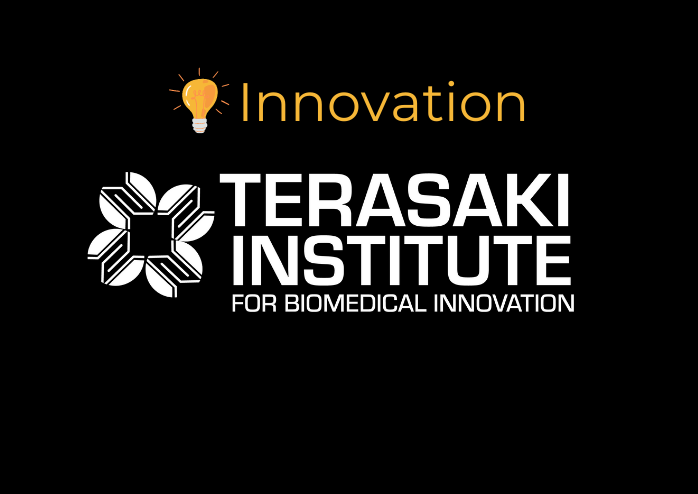By Megan Bettilyon
Not all science leads to innovative outcomes – in fact, it’s rare when the day-to-day work of a wet-lab comes across something new. You can, however, stack the deck in your favor by encouraging yourself, and your team, to try something new. Push the boundaries of what is known and be willing to accept failure as a step toward success. You can choose to be innovative; you can choose to surround yourself with people who think differently. This is when the magic happens. This is where the Terasaki Institute for Biomedical Innovation (TIBI) recently found a way to change the game in how we can bring novel therapeutics to market faster, cheaper, and more effectively.
According to the World Health Organization, 1 in 6 people worldwide suffer from neurological disorders ranging from depression and anxiety through tissue damage suffered after a stroke or traumatic brain injury. Testing therapeutics for brain disorders is as costly and time-consuming as it is to create new drugs. Clinical trials costs millions of dollars and generally it is on the order of 5+ years before they can be validated to be safe for human applications. But what if we could reduce that time, and cost, by testing our potential therapeutic approaches on tissues that mimic what we find in the human brain; in essence, what if we built a human brain on a computer chip?
Galvanizing TIBI’s collective and significant expertise in tissue engineering, coupled with our cutting-edge capabilities in computer model development, we have a dedicated team focused on building computer models of different human organs that function, receive input, and show outcomes just like human tissue inside the body. This technology is collectively known as “organs on a chip” (OOC) and is revolutionizing how drugs and therapeutics and are created for humans.
There are several different parameters when developing an OOC. The model must account for the physical structure, function, cellular organization, mechanical response, and blood flow of the organoid so that it mimics an in vivo organ. This is a painstaking and complex process that requires considerable expertise, patience, and dedication to achieve. While challenging to build, the potential for significantly increased positive patient outcomes is worth the effort.
This isn’t just theoretical basic research – this is the new frontier of medicine and finding the right partners to help us validate our models, by applying this work into real world therapeutics devices, was a critical step in advancing this research. Enter Openwater, a company that consists of leading experts in advanced physics, optics, lasers, ultrasonics, physics, electronics, medical devices, software, and manufacturing – all with the goal of developing the future of neurodiagnostic and brain therapeutic devices.
Recently, TIBI entered into a collaborative effort with Openwater to begin the testing and validation of our models in their therapeutic devices. The goal is to see how well our brain-on-a-chip mimics the responses we would expect to see in in vivo brain tissue. TIBI researchers will build the model in phases with Openwater performing the testing and validation of our model at each step – thereby creating a consistent feedback loop of critical information it will take to refine both our models and their devices. The end goal is not just another paper; it is to provide a real-world therapeutic device that can be used to treats the millions of people who suffer from brain disorders in a way that is much more targeted, effective and far less invasive. Moreover, we can apply the validation of our brain models to the other organoids our team is exploring including heart, eye and lymph tissue.
By choosing to be innovative, and to surround ourselves with interdisciplinary experts, TIBI is advancing the state of technology for drug and therapeutic design. We choose to have a patient-first approach and tackle the challenges that may feel daunting to many. We are able to partner with leading organizations like Openwater because we move fast, deliver results, act with integrity, and earn trust. These attributes are pat of our core values and enable us to push the boundaries of modern science.

